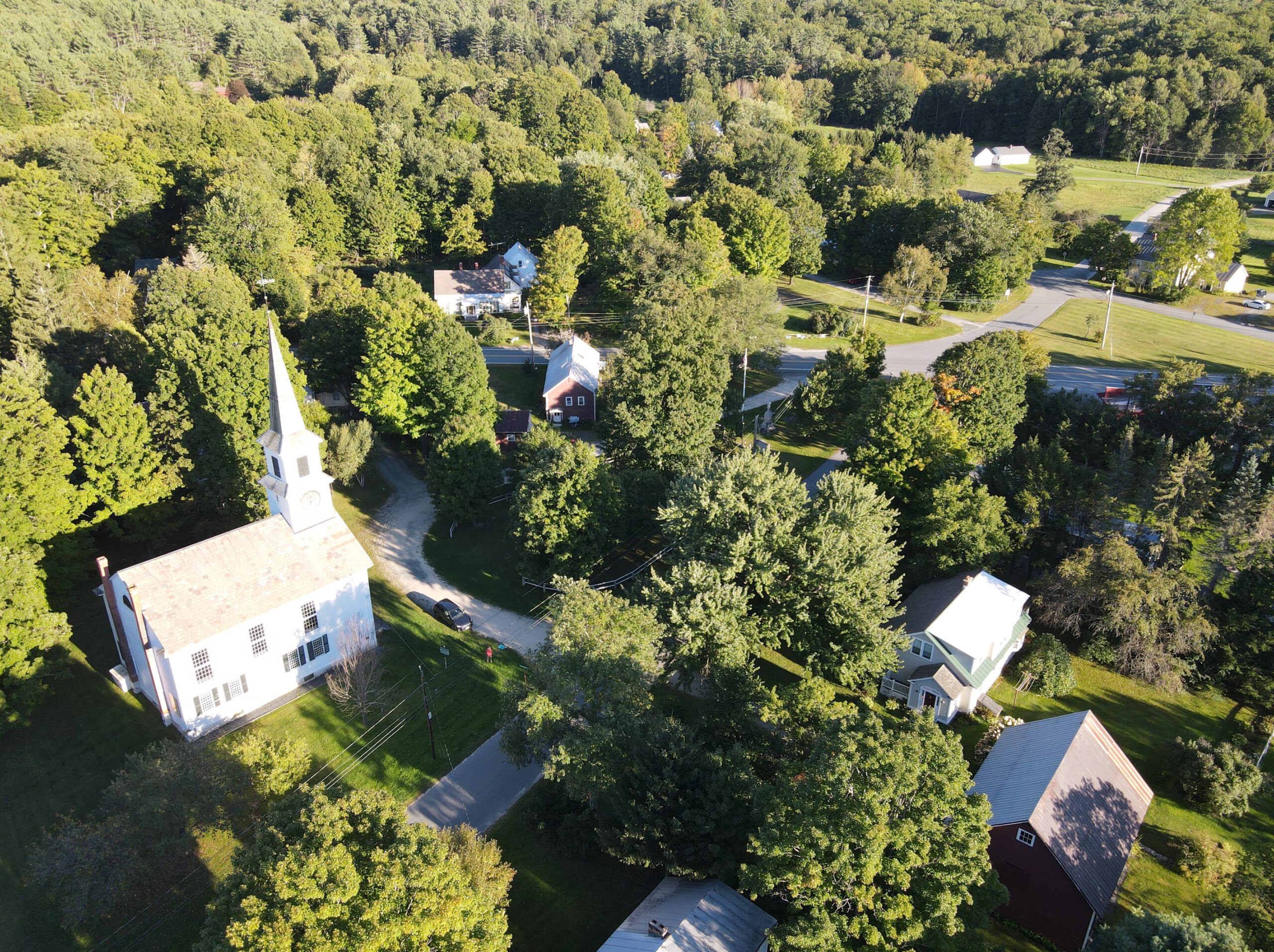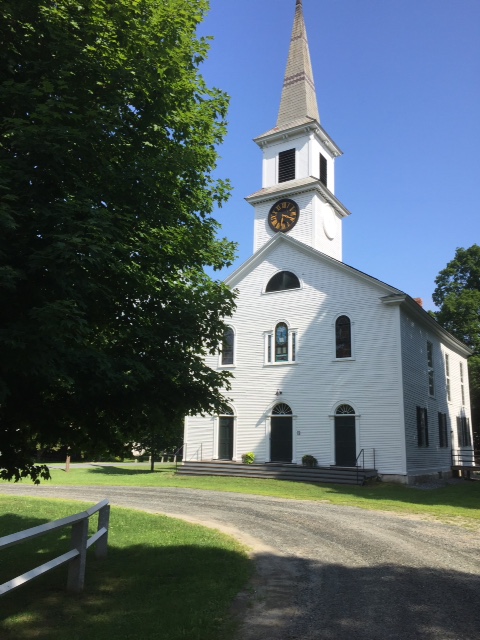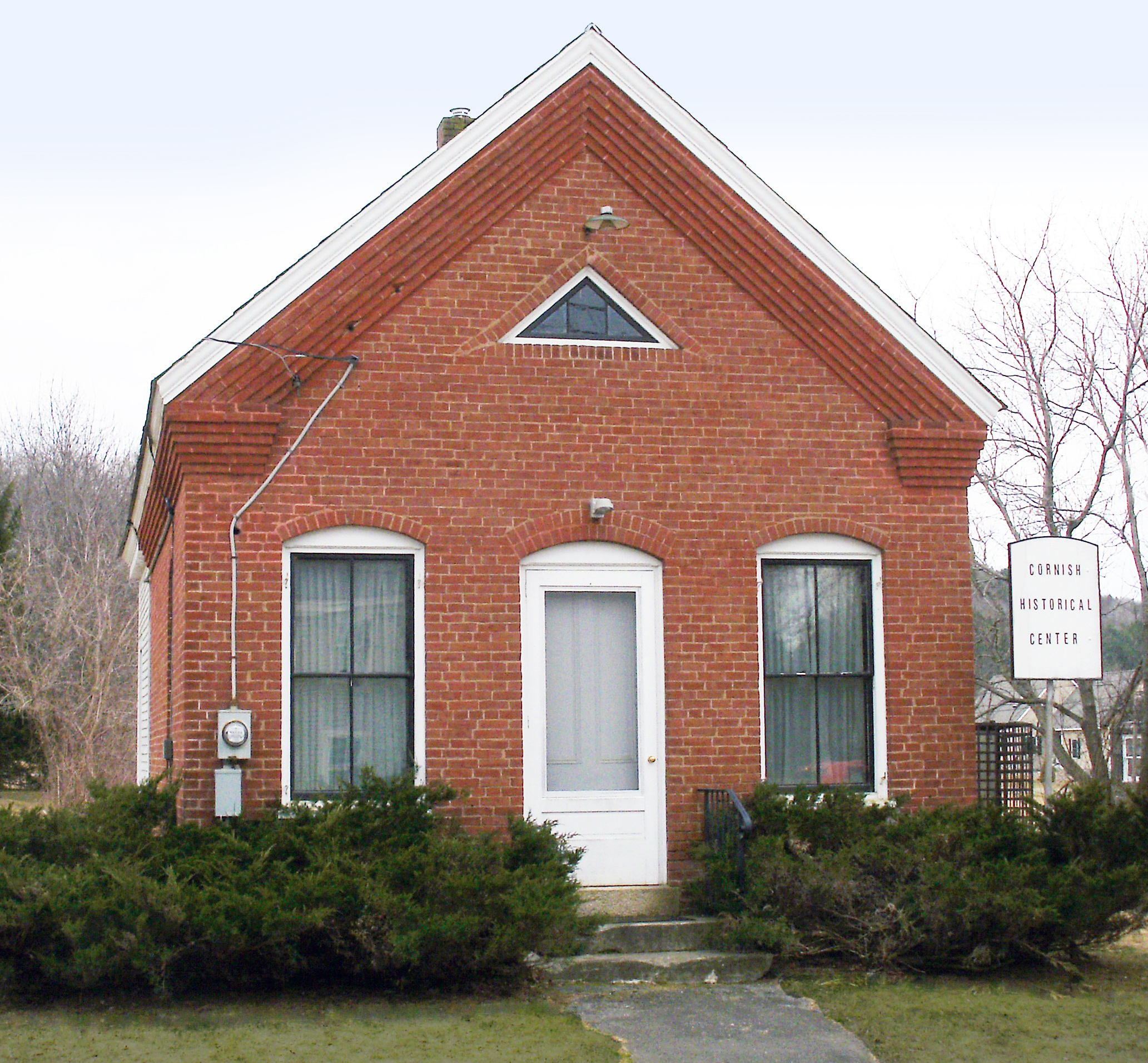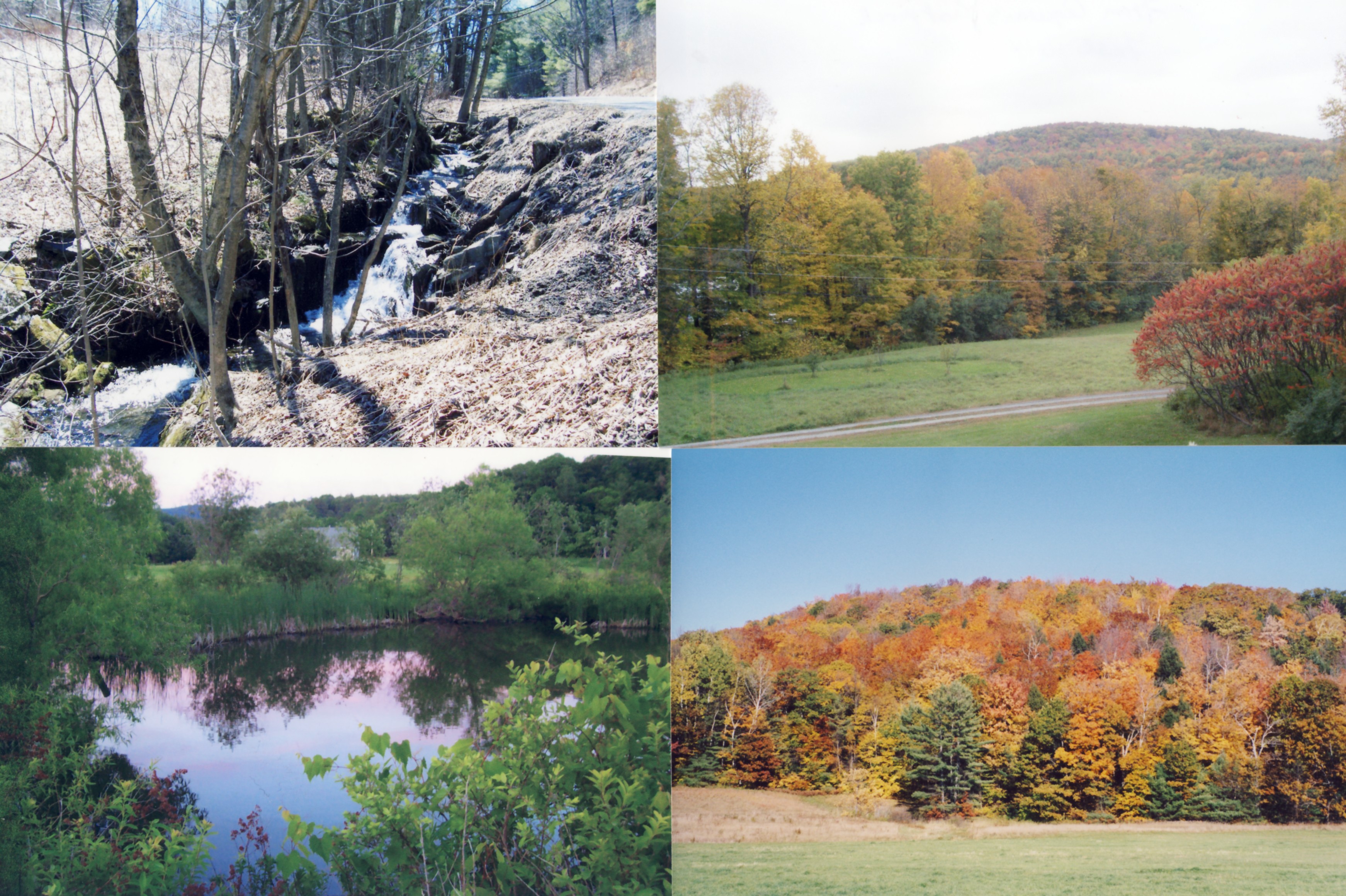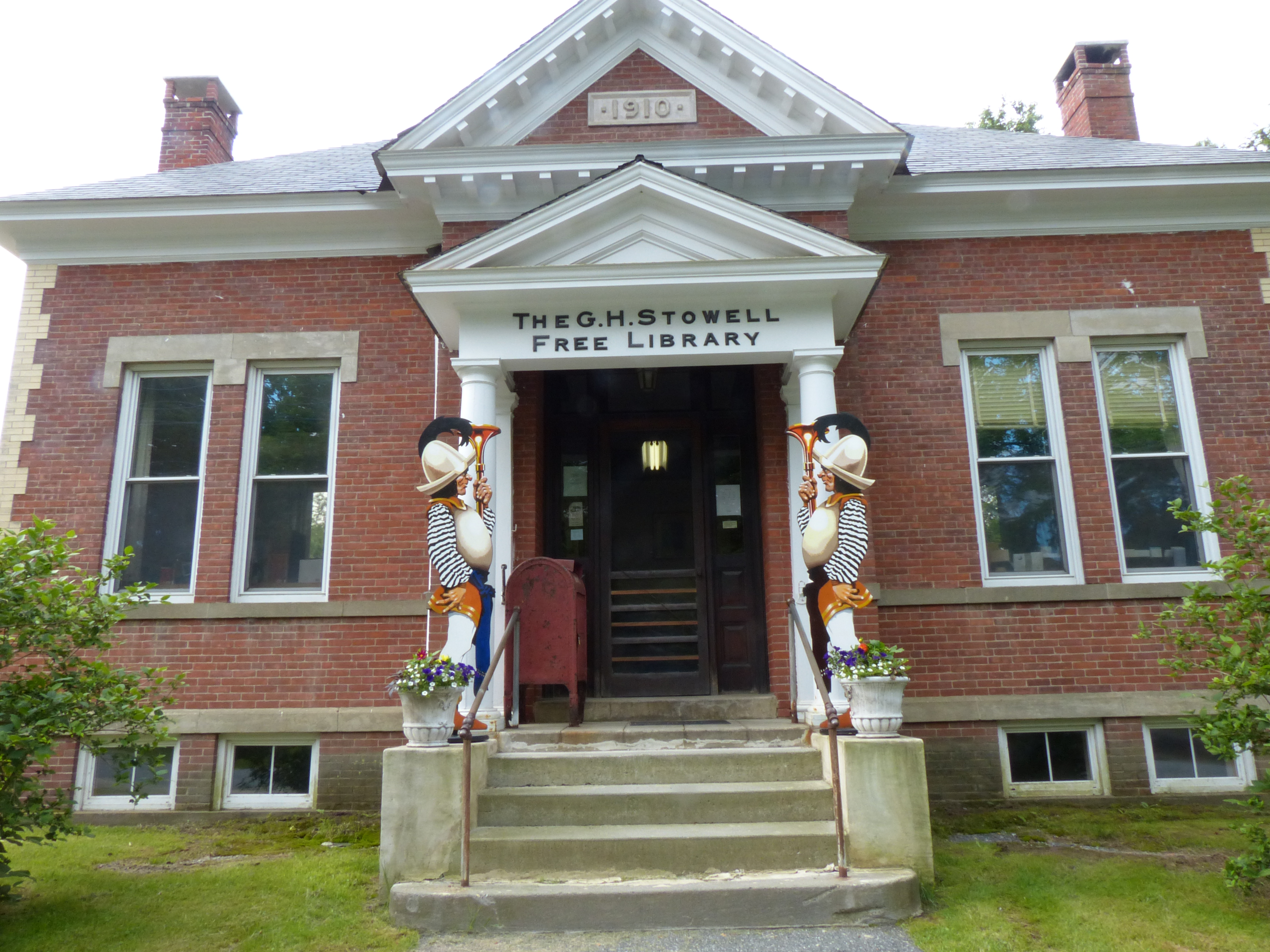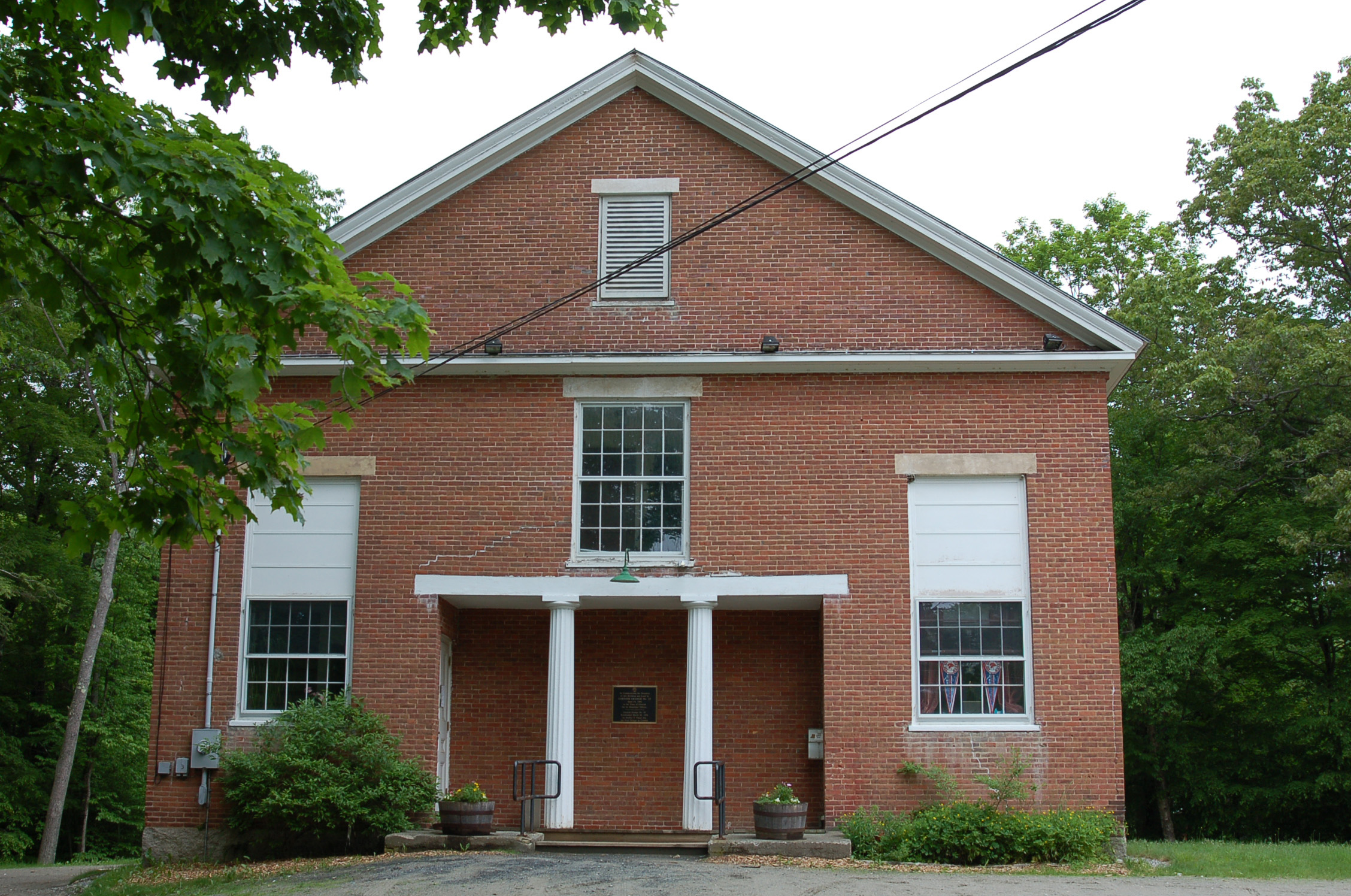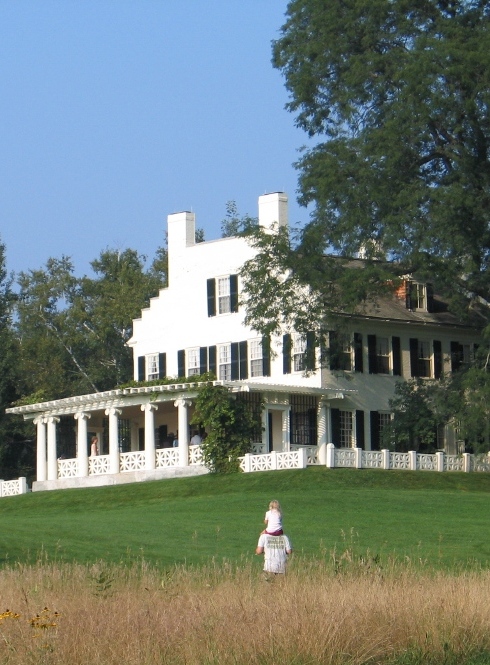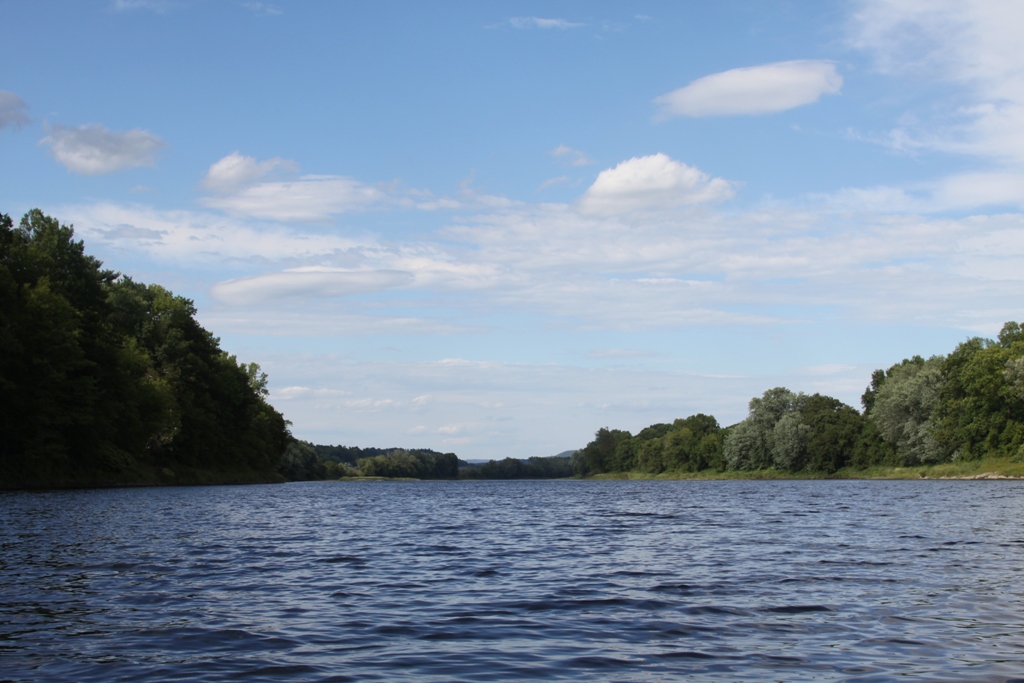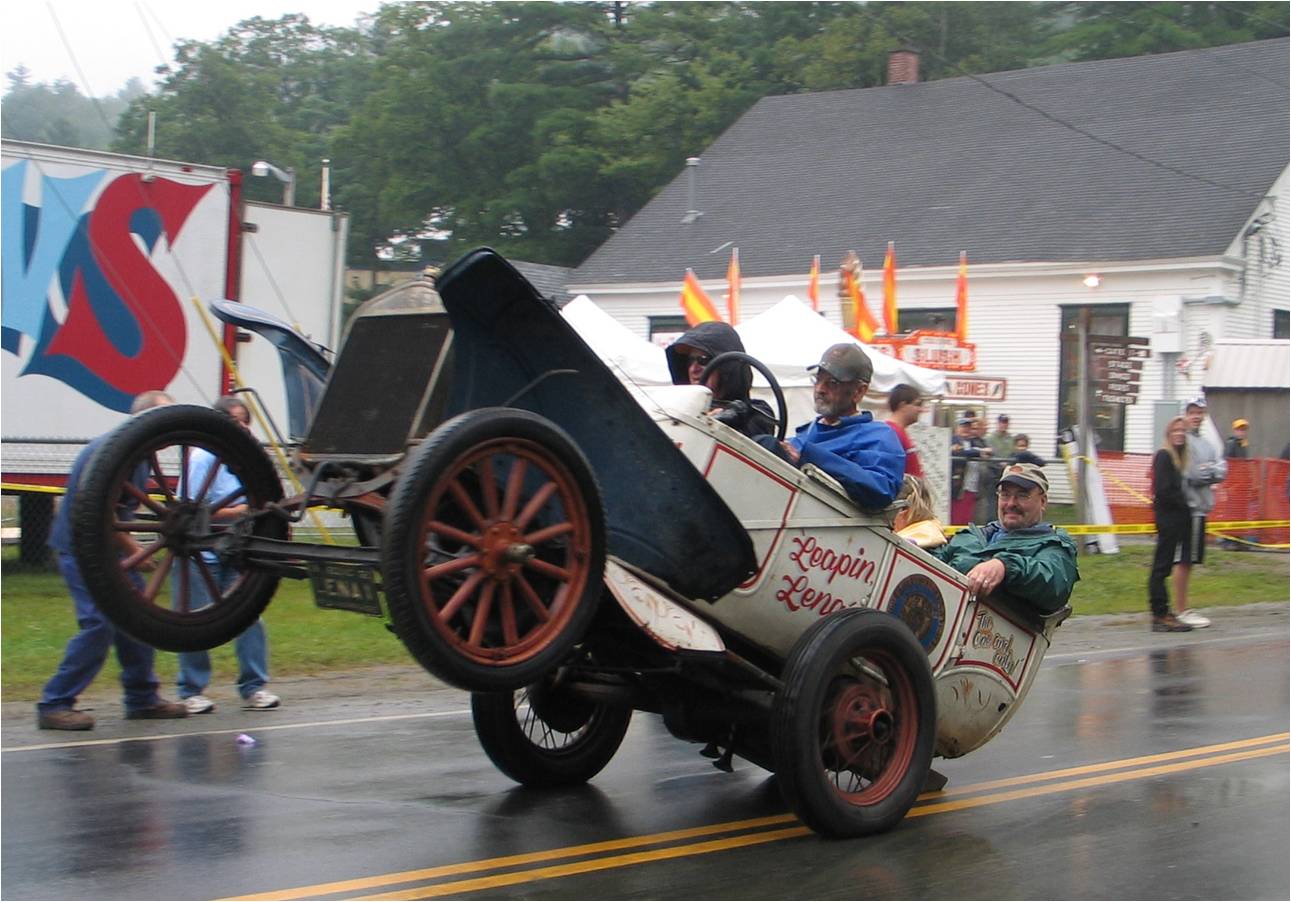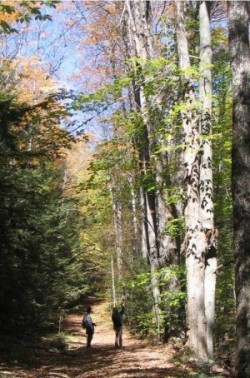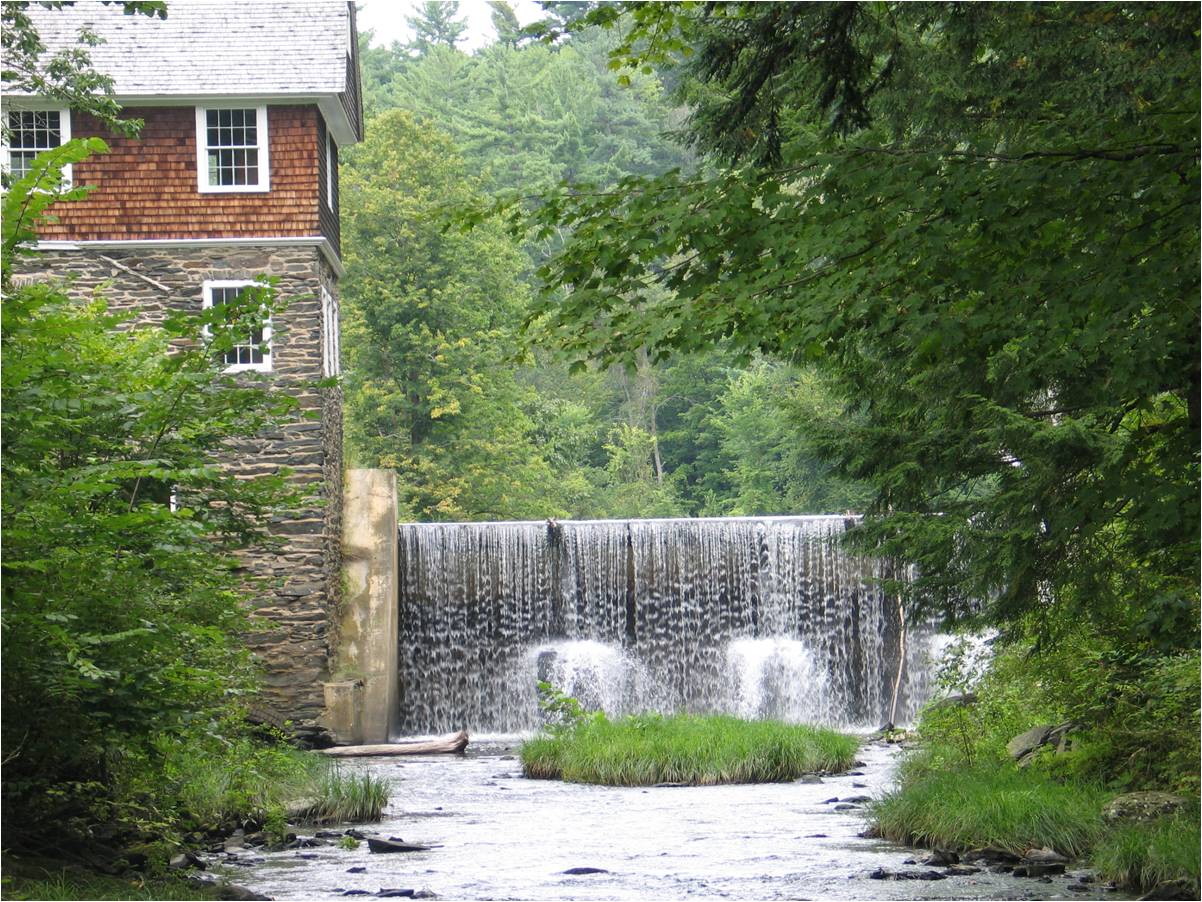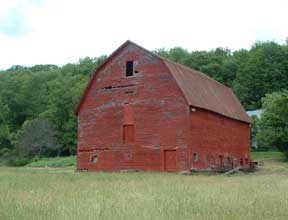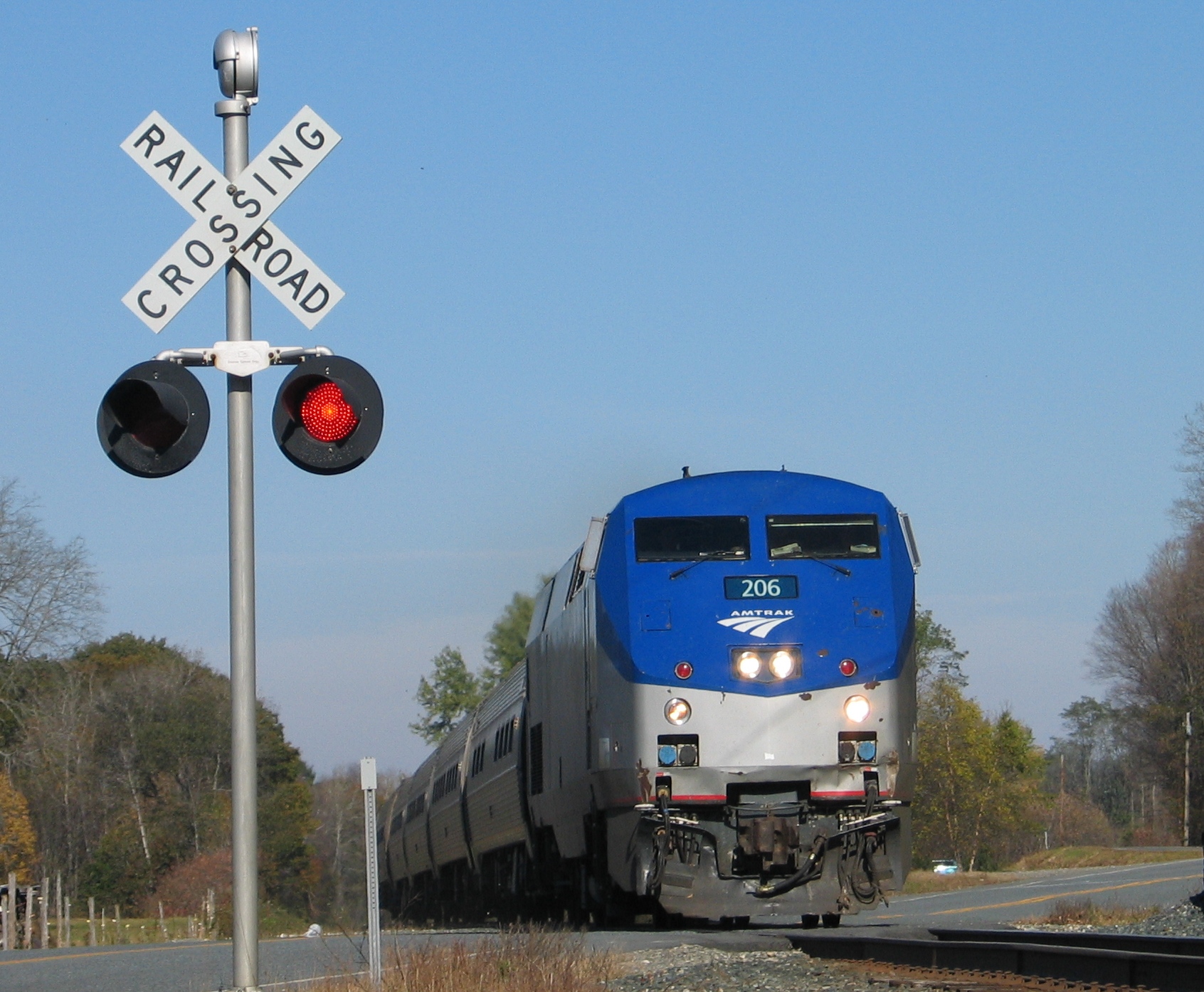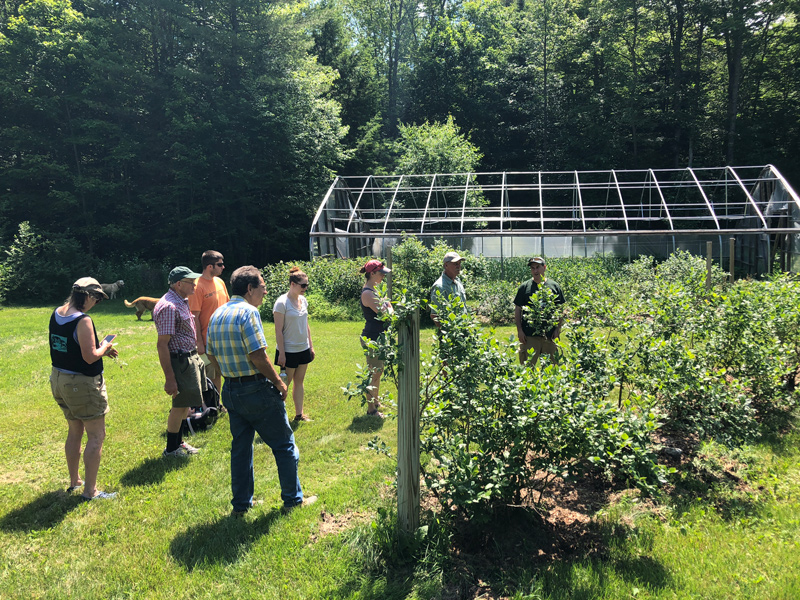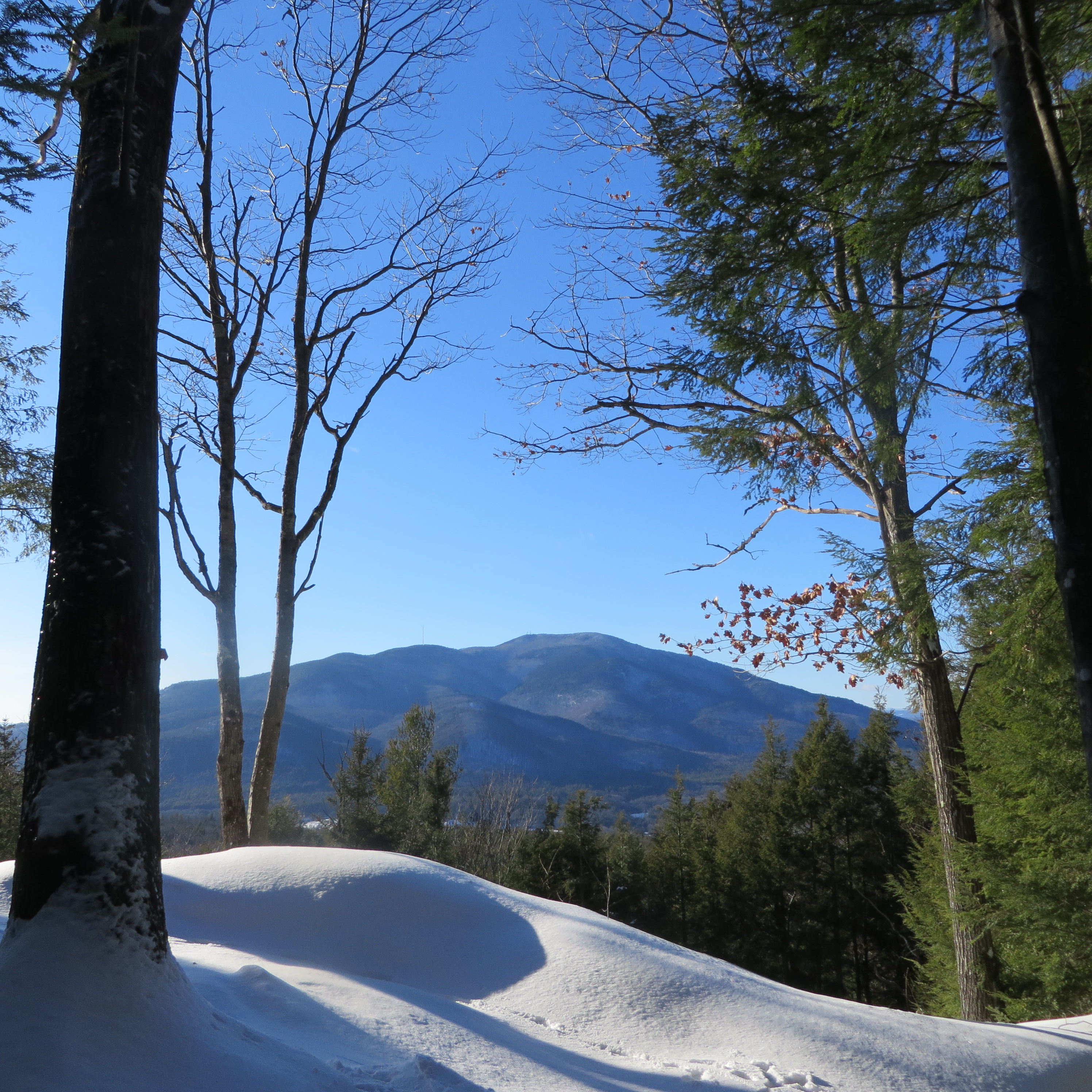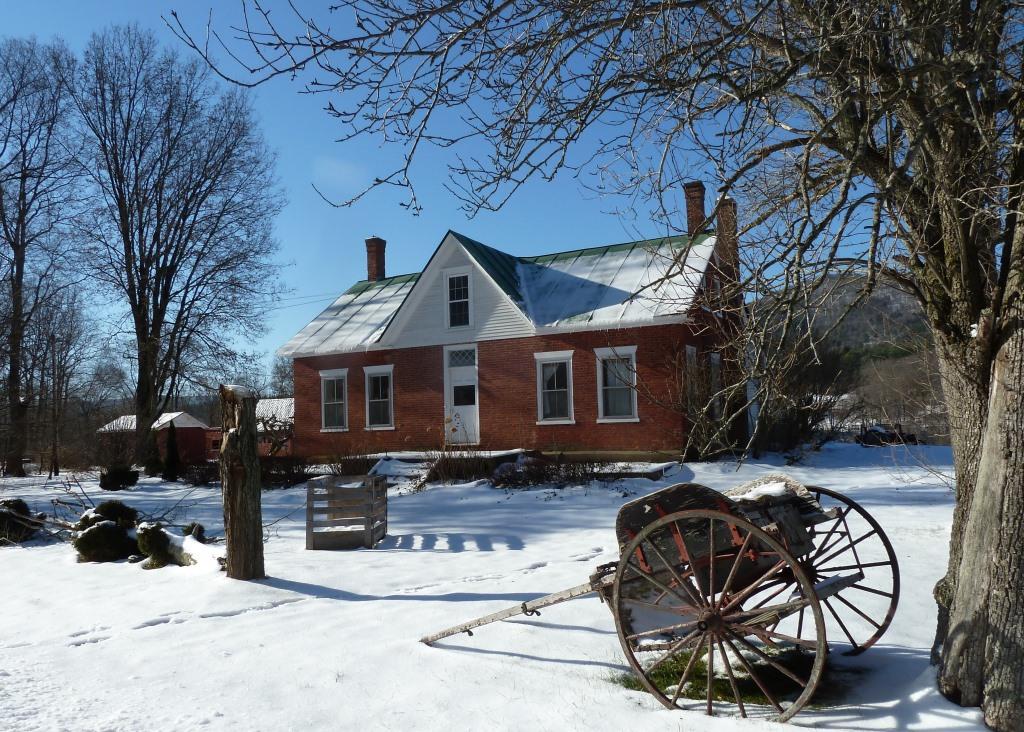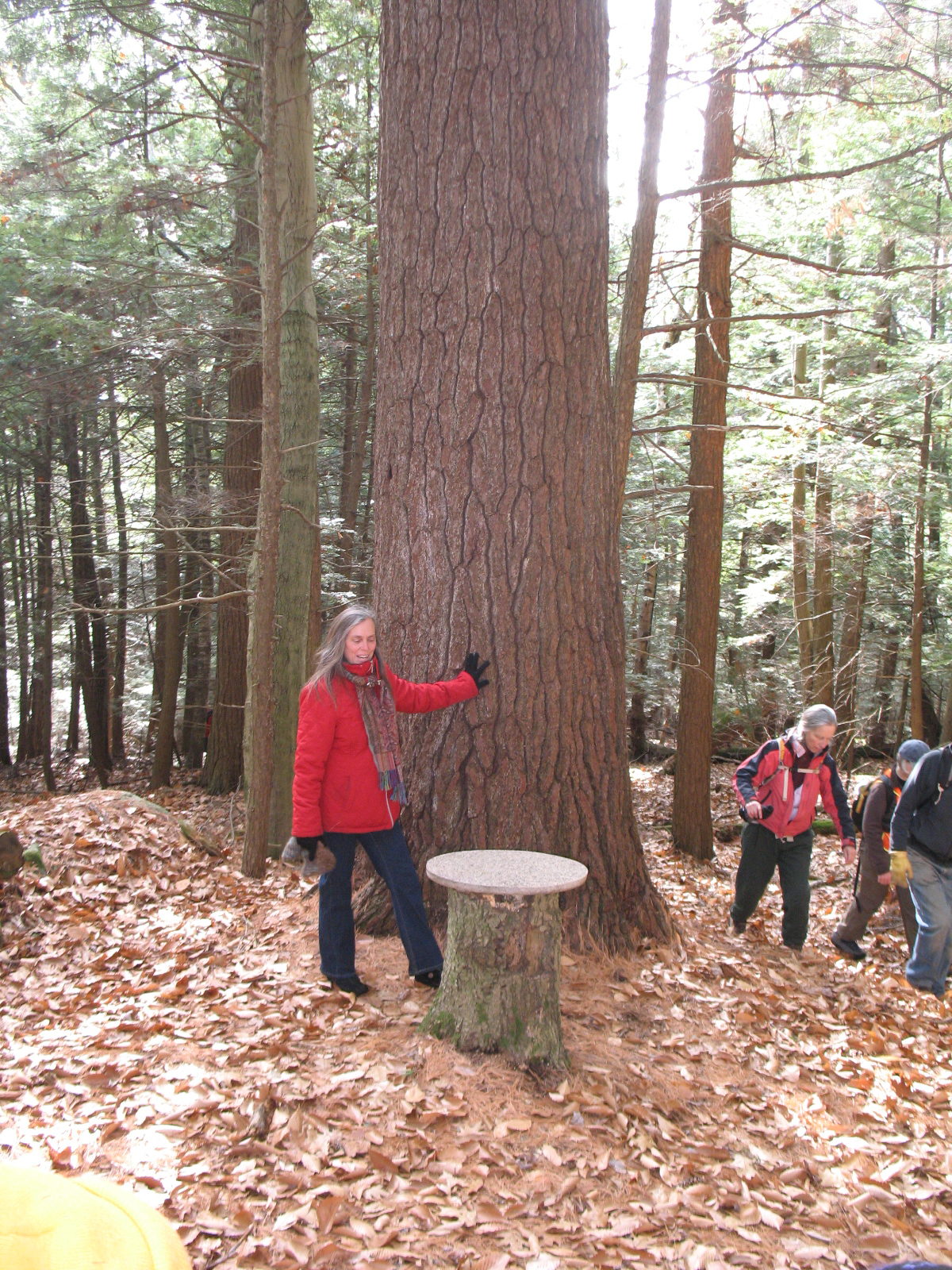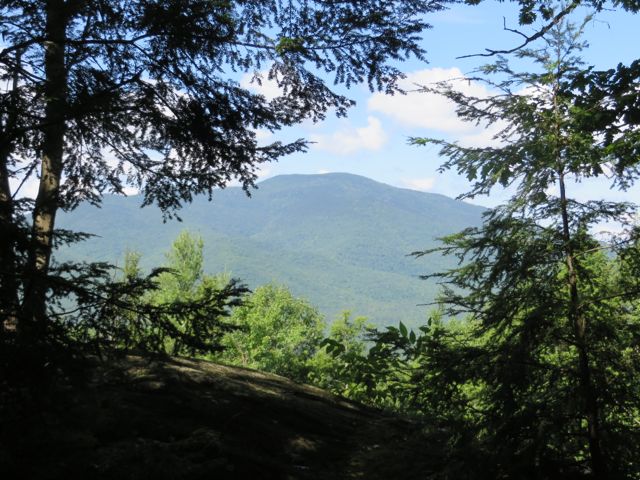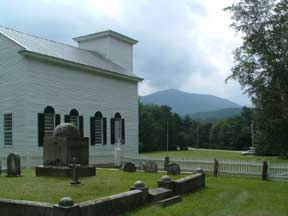Established in 1763, the Town of Cornish was once known as Mast Camp, because it was the shipping point for the tall masts floated down the river by English settlers. Incorporated in 1765 by Colonial Governor Benning Wentworth, it was named for Sir Samuel Cornish, a distinguished vice-admiral of the Royal Navy.
Cornish also became a well-known summer resort for artists and writers. Seeking a studio away from the summer heat of New York City, sculptor Augustus Saint-Gaudens began coming to Cornish in 1885. Artist friends followed him, transforming the area into a popular artists’ colony. Saint-Gaudens National Historic Site in Cornish is at his former home and studio, and hosts summer concerts as well as ongoing exhibits.
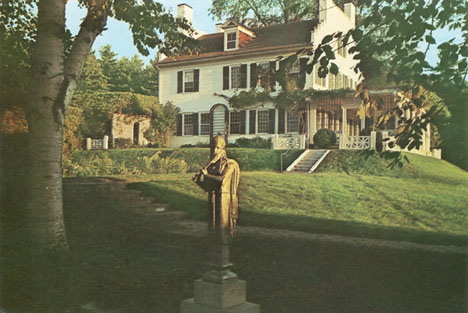
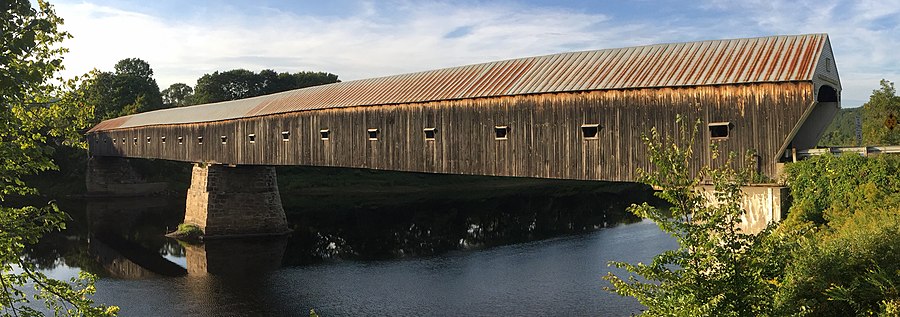
Cornish is the site of the longest two-span covered bridge in the world. The Cornish-Windsor Covered Bridge, which spans the Connecticut River, was built in 1866 at an original cost of $9,000. It was re-built in 1988 at a cost in excess of $4 million. Until 2008, when the Smolen-Gulf Bridge—a 4-span covered bridge—was opened in Ohio, it was the longest covered bridge in the United States. The Cornish-Windsor Covered Bridge has the longest single covered span (204 feet) still carrying daily automobile traffic. It has been designated a National Civil Engineering Landmark by the American Society of Civil Engineers. In all, Cornish is home to four covered bridges. No town in New Hampshire has more.
Trinity Church was built after the plans of Robert Tabor, a carpenter and builder. It was begun in 1803 and completed in 1808. In 1980 it was added to the National Register of Historic Places. In 1984-1985 it was reconstructed by Peter Hoe Burling, a local resident. In 2004, Burling proposed donating the church to the Town. But, it wasn’t until Town Meeting in 2009 that the Town accepted the church for “civic purposes for the residents of the Town of Cornish, and for others.”
